How to grow "RS-Viscount" violets?

Saintpaulia, called violet by many, is a very popular houseplant. The colorful variety of Saintpaulia "RS-Viscount" grows well both on windowsills and in containers with an artificial light source. However, in order for the Uzambara violet to please with flowering all year round, it is necessary to provide it with proper care.
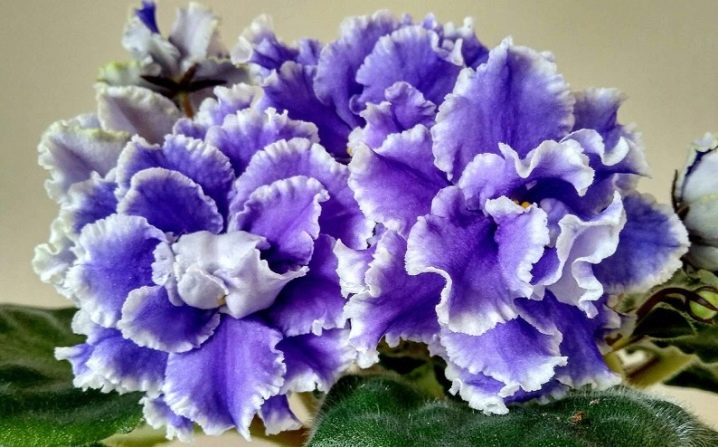
Description
The "RS-Viscount" variety shows large semi-double flowers in the form of stars. There is a white border along the edge of the petals, which gives the flowers a special charm. Each of them reaches six centimeters in diameter. During the period of active flowering, a large cap forms on the bush, covering the rosettes of leaves.
This remarkable show variety has dark green quilted foliage. When kept in very hot conditions, the white border of the flowers disappears. When it gets colder, it reappears. Flowers delight with their beauty for up to eight weeks. When planting a leaf, the first flowering occurs after a year. Sometimes the color can change from blue to white with a blue border.
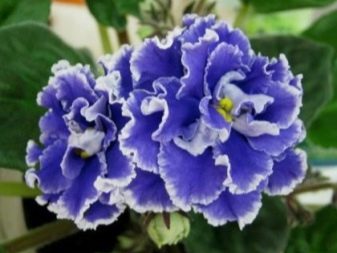
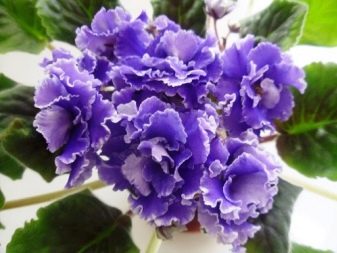
Planting and leaving
Violets thrive on an east, southeast, or partially shaded south window. If you only want dense greens, you can put a container with a flower on the north side.
It is best to purchase small clay containers or plastic pots for planting. The containers must necessarily have holes in the bottom so that high-quality drainage can be organized. It is worth growing a flower in spongy, well-drained soil. If the soil is prepared independently, then a combination of two parts of peat moss, 1/2 part of perlite or vermiculite and 1/2 part of sand is ideal. For drainage, you can use charcoal.
Violets should be in moist soil, but the soil should never be soggy. When using unglazed clay pots, it is worth making a collar of aluminum foil around the edge. This will prevent burning of the stems and leaves, because such a container absorbs and accumulates harmful salts.
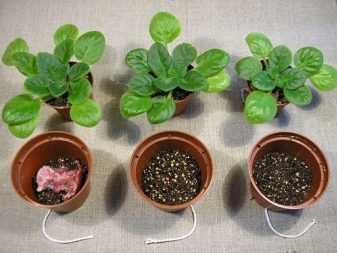
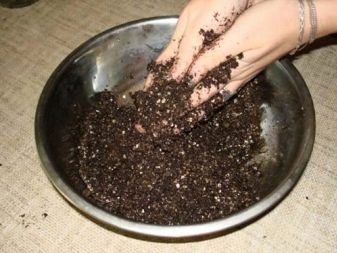
The constant room temperature should be from 18 to 24 degrees. During colder months, when heating is active, it is necessary to provide additional moisture by placing small bowls of water next to the plants. You can also place the violet in a shallow tray filled with small pebbles and water.
The described plant needs 12 to 15 hours of ambient light daily. Direct sunlight can burn foliage. If you cannot provide good natural light, you can use fluorescent or fluorescent lamps.
Light affects flowering. Bushes with dark green foliage usually need more intense lighting than specimens with pale leaves. The pot needs to be regularly turned to the window in different directions so that the flower develops evenly, receiving light.
Violets are placed a few centimeters from the glass, since the leaves should not come into contact with it.
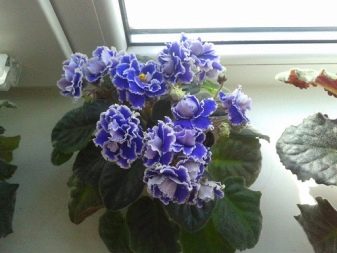
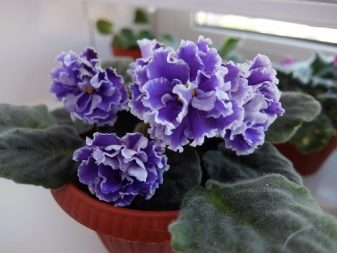
Violets are undemanding to water hardness. The only condition is that it must be warm and settled for 48 hours. Professionals advise using melted snow, rainfall, or even well water if possible. Do not spray water on the foliage, since the drops not only cause burns under the influence of sunlight, but also cause many fungal diseases.
Proper watering is an important aspect of growing violets.It can also be done using the wick method. It is easy to organize such a system. It is enough to immerse one end of the wick in water and the other in the ground. The root system will only accept as much water as the flower needs. However, once every three weeks, surface watering will still have to be done.
A lot of troubles can be caused by over-watering, it is better to dry out the soil. Moisten the soil only when the soil surface becomes dry.
It is worth remembering that plastic pots hold moisture longer than earthen pots.

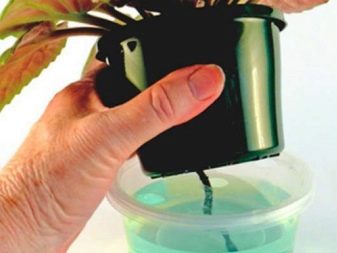
Top dressing
Decreased flowering and pale leaf color indicate that the flower is not getting enough vitamins and minerals. It is better to use liquid and dry ready-made balanced mixtures, which are intended for violets. Precisely because this flower is fertilized more often, it is fed with a weak solution. It is imperative to apply fertilizers throughout the growing season; during hibernation, it is worth stopping feeding the violet.
Before applying top dressing, if it is dry, the soil should be watered for three hours. If the fertilizer is sold in liquid form, then you can "feed" the flower along with watering.
The best fertilizers for violets are formulations with a high phosphorus content.
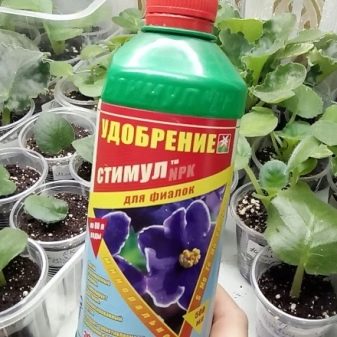
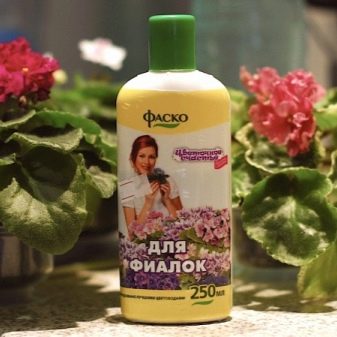
Reproduction
Violet can be propagated by root leaf cuttings in water. You can also plant them in sphagnum moss. The process includes several stages.
- The first step is to cut off the sheet. Use a sharp knife or razor blade. The instrument must be disinfected in advance. It is worth waiting for the incision site to heal (within two or three hours) before immersing it in a nutrient medium.
- If water is used, the stem is placed in a shallow plate about half a centimeter. The container should contain water (1 centimeter) and a few pieces of charcoal at the bottom. A growth promoter can be added.
- To keep the leaves in place, a piece of aluminum foil is placed above the container, in which holes are pierced. The stems are inserted into them.
- After a few weeks, roots will begin to appear.
- The leaves are transferred to the ground for further rooting, when the length of the roots is 3 mm.
- They find a place for further cultivation (where it is warm enough, there is a lot of light, the required humidity parameter is set).
- The cuttings begin to take root.
- Over time, the pot is changed to a larger one.
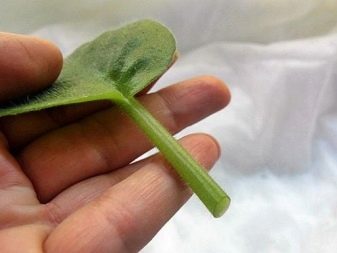
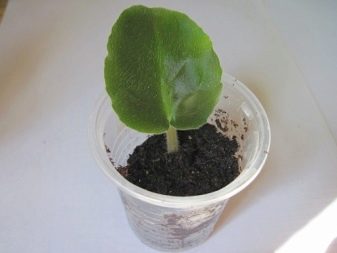
The stage of germination of a violet to the state of a full-fledged flower takes several months. Under ideal conditions, you can get flowering plants from the leaves in about six months.
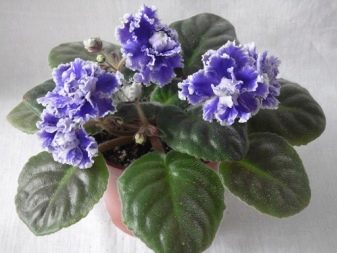
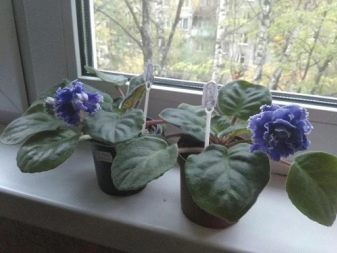
Expert advice
- With the right approach, propagating a plant is very easy. The main thing is to treat the cut points with a solution of activated carbon, which will prevent the penetration of fungi.
- Bacterial infection of the flower, which occurs from too much moisture, should not be allowed.
- If you want the violet to bloom all year round, you should provide it with artificial lighting for 16 hours a day.
- Alcohol and soap solutions, decoction of onion peels can be eliminated from insects.
- Fungicides are the best way to fight fungal infections.
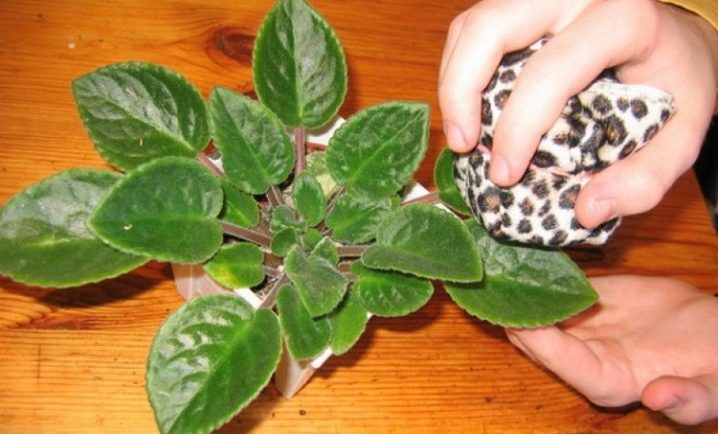
You can find out how to properly water a violet below.































The comment was sent successfully.